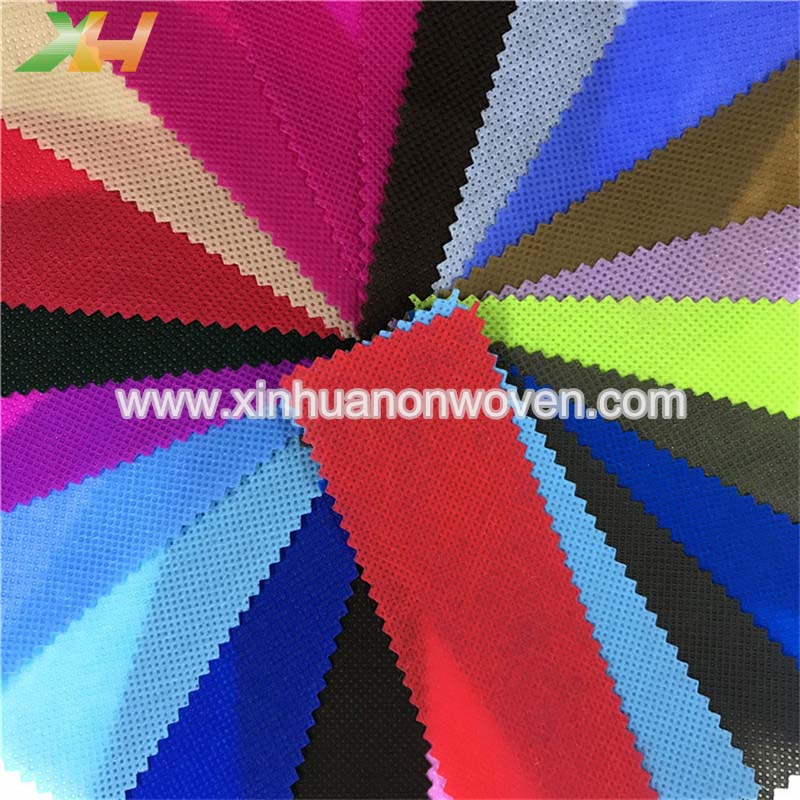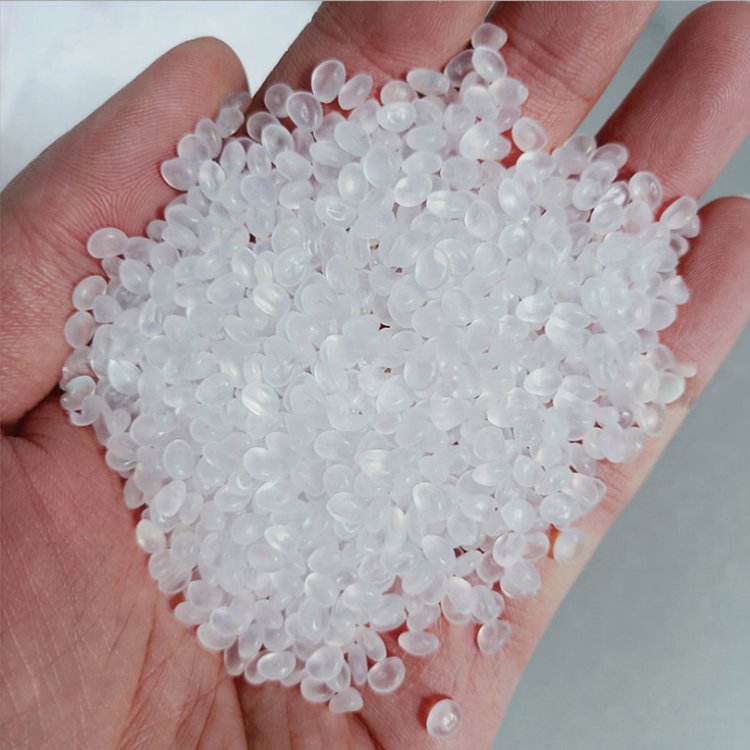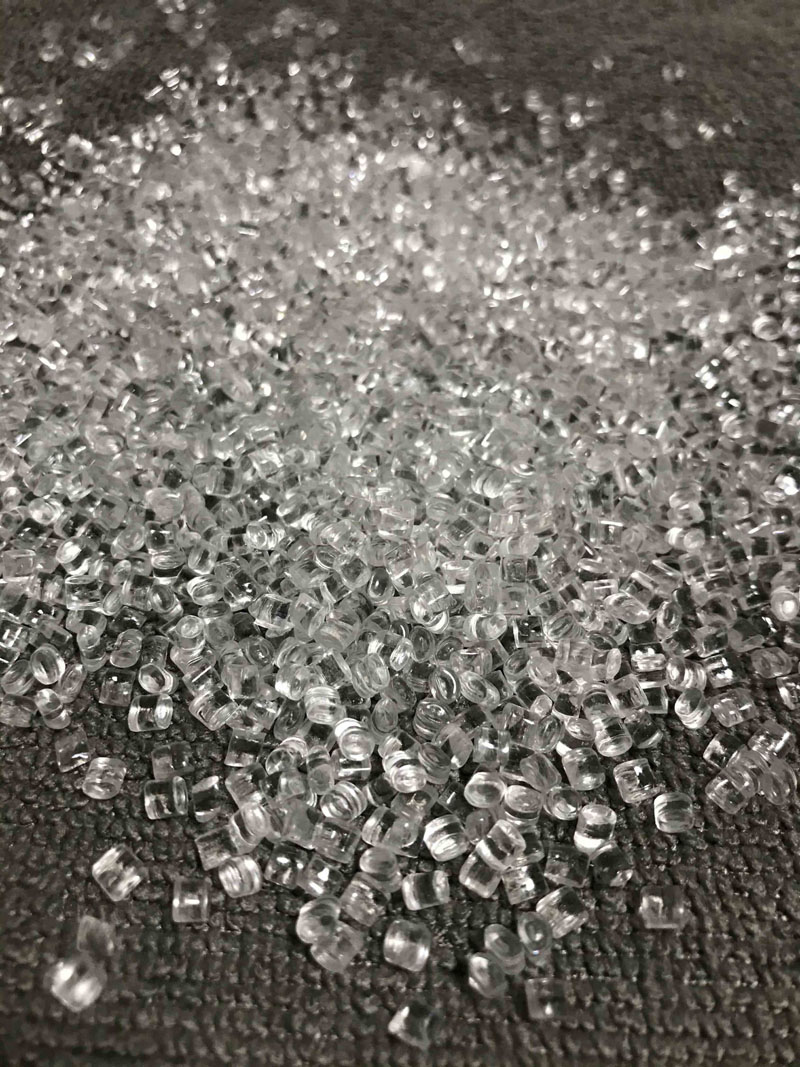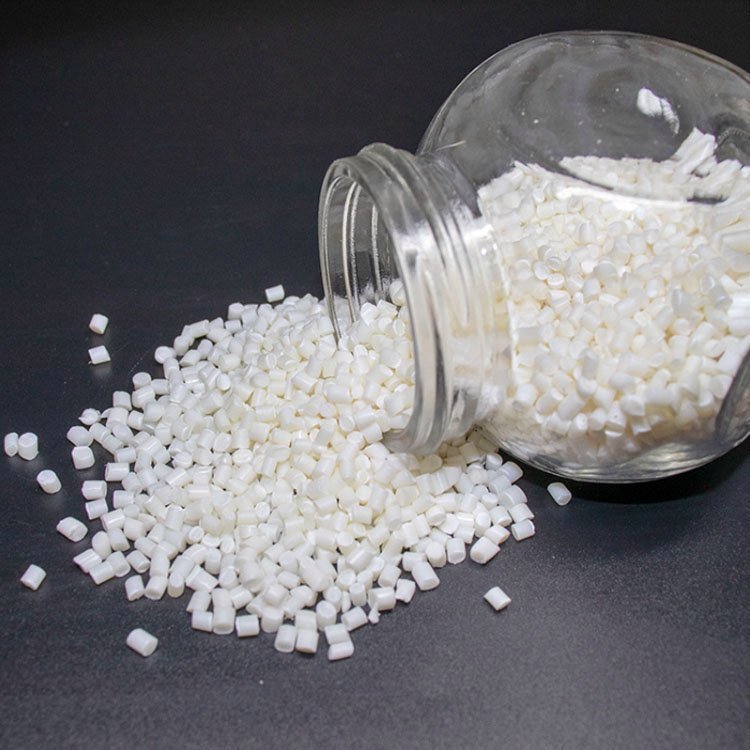Nonwoven fabric is a new type of environmentally friendly material. Its raw materials mainly include polypropylene, polyester, and polyamide. Nonwoven fabric is a nonwoven fiber material; it is not a fabric spun from textile fibers, but rather a new type of fiber material with specific uses formed by directly bonding fibers together using chemical or physical methods.

Polypropylene (PP Non Woven Fabric) is one of the main raw materials for nonwoven fabric. Polypropylene is a thermoplastic resin with good abrasion resistance, acid and alkali resistance, and high-temperature resistance, making it very suitable for making nonwoven fabrics. Polypropylene fibers have high strength and abrasion resistance, as well as good waterproof properties, thus it is widely used in medical and health, household goods, footwear, bags, agriculture, and other fields.

Polyester (Polyester Nonwoven Fabric) is also an important raw material for making nonwoven fabric. Polyester fibers have high tensile strength and elastic modulus, as well as good abrasion resistance and chemical corrosion resistance, making them suitable for making nonwoven fabrics. Polyester fiber nonwoven fabrics have good breathability and moisture absorption, as well as good high-temperature resistance, thus they are widely used in clothing, household goods, and filter materials.

Polyamide (PA) is another important raw material for nonwoven fabrics. Polyamide fibers possess good strength and abrasion resistance, as well as good softness and elasticity, making them suitable for nonwoven fabric production. Polyamide fiber nonwoven fabrics have a good hand feel and breathability, while also exhibiting good abrasion resistance and high-temperature resistance, thus finding wide application in clothing, home furnishings, and automotive interiors.

Polylactic acid (PLA non-woven fabric) is a new type of environmentally friendly raw material for nonwoven fabrics. It is a biodegradable and biocompatible thermoplastic polyester made from renewable resources such as corn starch or sugarcane. PLA nonwoven fabrics possess breathability, antibacterial properties, and biodegradability, making them highly suitable for widespread application in clothing packaging, medical, and agricultural fields.

In general, the main raw materials for nonwoven fabrics include polypropylene, polyester, polyamide, and polylactic acid. These raw materials each have unique characteristics and advantages. Through reasonable combination and processing, various nonwoven products can be manufactured for a wide range of applications, including medical and health products, home furnishings, clothing, bags, agriculture, and automobiles. With continuous technological advancements and innovations, the raw materials for nonwoven fabrics are constantly being enriched and improved, providing a more reliable guarantee for the performance and quality of nonwoven fabric products.